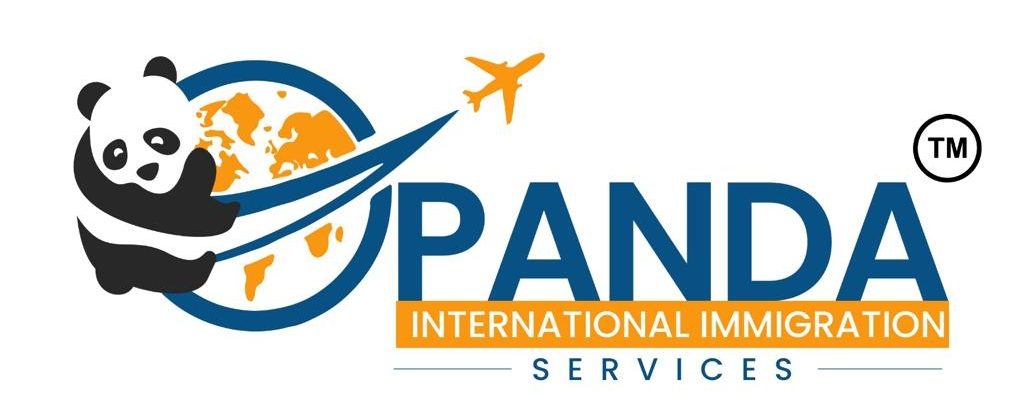Breaking over the holidays, news of a probe by India’s financial law enforcement agency into an alleged human trafficking scheme apparently using study visas to help individuals gain entry into Canada – and then illegally spiriting them over the border into the US – rocked the sector.
According to a statement by India’s Directorate of Enforcement (ED) as it looks into the Dingucha case, people smugglers hatched a “well-planned conspiracy” to illegally send people into the US via Canada. It implied that up to 260 Canadian institutions were unknowingly working with two organisations sending Indian nationals into the country who wanted to travel to the US illegally.
Naturally, the story has provoked a flurry of questions from the sector – all of them as yet unanswered.
Firstly, the big one; how many students could have fraudulently applied for study permits with the aim of travelling to the US using this route, and where are they now? We also don’t know which institutions and agents could unwittingly have been used as pawns in human trafficking, given that the ED doesn’t name anybody other than Bhavesh Ashokbhai Patel, whom it is chiefly bringing the case against.
And, perhaps the biggest question of all: are the trafficking reports accurate? Some Canadian stakeholders have pointed out that the ED’s statement is – to put it charitably – rather short on details. Not only is it uncertain as to which institutions could have been mixed up in the plot, but it doesn’t put a number on how many individuals may have used the illegal route in to the US. The closest we have is a rough estimate of the numbers of international students placed overseas by the two companies the ED claims are being used to get hold of study visas.
The stakes for all of this are high. A Gujurati family of four perished in unimaginably cold conditions as they crossed the border into the US, having first come to Canada under a study visa. If Canadian institutions are indeed unknowingly being used by humans traffickers, then closer scrutiny surely needs to be paid to its immigration policies. And perhaps this needs to happen even if they aren’t.
Who knows where fraudulent international students could have been spirited away to within that time, let alone what dangers they might have encountered along the way?
Although designated learning institutes (DLIs) have been expected to report on international students’ enrolment status since 2014, harsh penalties for failing to do so only became mandatory in November last year. And even then, Canada’s reporting rules are the least stringent of the big four study destinations; they are given double the amount of time their colleagues in Australia and the US have to report enrolment inconsistencies.
For further context, institutions in the UK only have 10 days to inform UK Visas and Immigration when they become aware that an international student has not enrolled onto their chosen program. In comparison, Canada’s 60-day reporting countdown seems relaxed. Who knows where fraudulent international students could have been spirited away to within that time, let alone what dangers they might have encountered along the way?
This is not to criticise Canadian institutions, none of which will have wanted to find themselves embroiled in any illegal activities. And nor is it the intention to heap yet more burdens onto a sector that is already going through the wringer as caps on study permits take their toll on enrolment numbers.
But given that confidence in Canada’s international education sector relies on its ability to show its systems can’t be exploited by fake students, it’s surely within everybody’s best interests to take action. After all, some powerful players in the government have repeatedly shown that they are willing to pander to populist anti-immigration rhetoric as a general election creeps ever closer – and perhaps that’s set to get even worse as longtime Prime Minister Justin Trudeau announces his resignation.
Whether or not the trafficking claims are accurate, Canada’s higher education institutions must show that they’re cracking down on no-shows. What form that should take remains to be seen, but it’s for certain that the sector must urgently open up this important discussion, or else risk even more restrictive immigration policies hampering institutions’ ability to recruit international students.
The post The questions surrounding alleged human trafficking in Canada appeared first on The PIE News.

